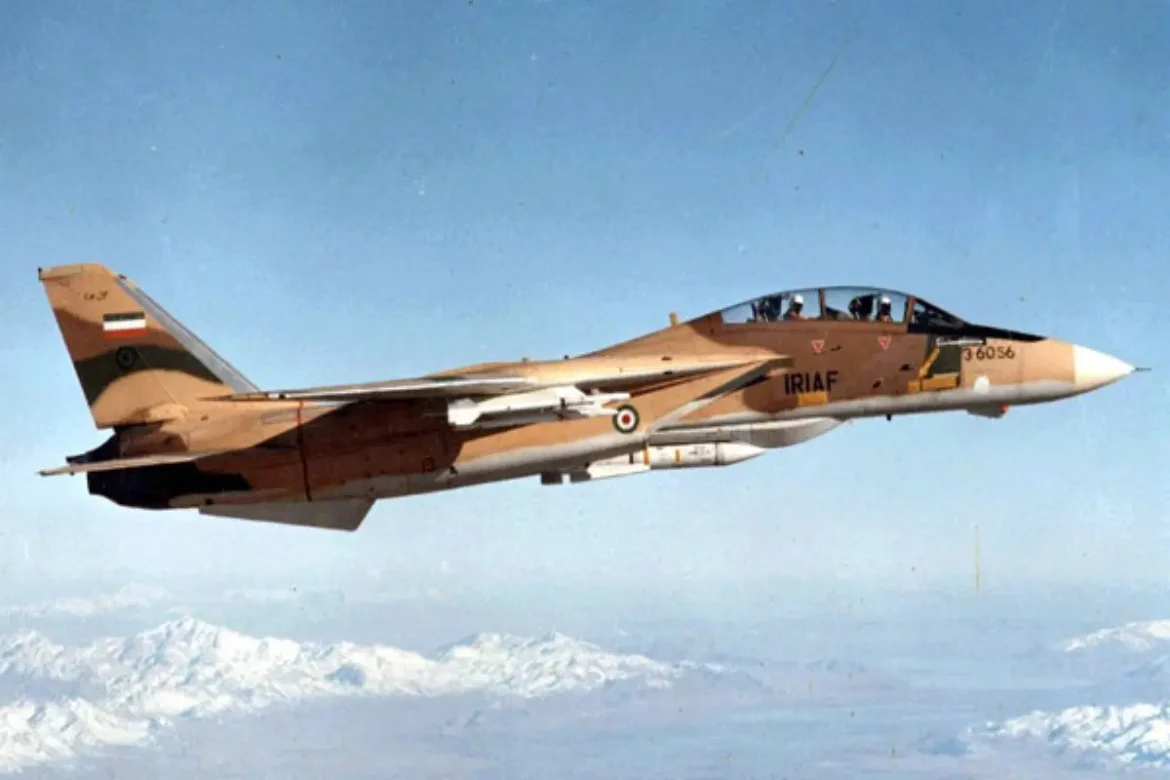The crews of the SR-71 Blackbird remember the KC-135Q Stratotanker crew with gratitude for their attention to their safety
The Lockheed SR-71 Blackbird requires JP-7 fuel, which the KC-135Q variant of the renowned KC-135 Stratotanker was modified to carry by separating the JP-7 from the KC-135’s own fuel supply (the body tanks carrying JP-7, and the wing tanks carrying JP-4 or JP-8). Also, the tanker included unique fuel systems for transferring various fuels across tanks. The KC-135T model, which could separate the main body tanks from the wing tanks where the KC-135 gets its engine fuel, was renamed after the KC-135Q model when it was given the CFM56 engines.
The KC-135Q crews and their aircraft set themselves apart from the rest of the Air Force in a number of ways, including the fact that they were the only ones certified in the specific radio-silent rendezvous techniques used by the SR-71 and that their boom operators were the only ones capable of refueling the Blackbird.
If it weren’t for the SR-71’s ability to refuel in the air, its range would only be about 2,000 NM. The aircraft’s range was increased through numerous air refuelings to the limit of the crew’s endurance. Several missions have traveled more than 12,000 NM. The SR-71 and KC-135Q tankers’ forward basing enabled them to respond more quickly, conduct missions with shorter ranges and shorter durations, require fewer air refuelings, and operate more efficiently overall.

If the SR-71 landed somewhere where JP-7 fuel was not accessible, the Q-model tankers flew in with the fuel and were able to refill the SR-71 using transfer hoses on the ground.
In his book SR-71 The Complete Illustrated History of THE BLACKBIRD The World’s Highest, Fastest Plane, former SR-71 pilot Col. Richard H. Graham explains why the Blackbird needed to refuel immediately after takeoff.
“Many people believe we refueled after takeoff because the aircraft leaked fuel so profusely that we needed to fuel up quickly. We had to refuel right after takeoff for only one reason, and it wasn’t because we leaked JP-7 fuel on the ground. Yes, the plane does leak fuel, but not enough to require refueling after takeoff.
“The JP-7 fuel reaches temperatures well over 300 degrees F. during Mach 3 cruise, making the fumes in each of the six fuel tanks very volatile and potentially explosive. The metal skin of the aircraft approaches 400 degrees F., adding to the volatility of the fuel inside the tanks. One of our aircraft limitations was a maximum speed of Mach 2.6 without an inert atmosphere inside the fuel tanks.
“The aircraft had three liquid nitrogen Dewar flasks containing 260 liters of liquid nitrogen, located in the nose wheel well. The only way to ensure a 100 percent inert atmosphere in each fuel tank was to refuel the plane inflight completely full of JP-7, allowing ambient air in each fuel tank to vent overboard. Once full of fuel, gaseous nitrogen would now dominate each fuel tank’s empty space above as it burned off JP-7. The nitrogen gas pressurized each fuel tank to 1.5 psi above ambient pressure and inerts the space above the heated fuel to prevent autogenous ignition. This is why we refueled after takeoff. Then we could safely accelerate beyond Mach 2.6.
“There was one other way of achieving tank inerting, called a Yo-Yo. but this was a maintenance nightmare. A few of our missions required the SR-71 to accelerate to Mach 3+ right after takeoff with a 65,000-pound fuel load. The Yo-Yo procedure had the crew chief completely refuel the plane to full tanks of 80,000 pounds of fuel. Then, with the nitrogen pressurization system working, they de-fueled 15,000 pounds of JP-7, ending up with a 65,000-pound fuel load and a plane that was capable of going immediately to Mach 3+.”
The SR-71’s refueling process took at least 15 minutes, but at times it felt much longer. As opposed to other SAC tankers, the KC-135Q did not require constant alertness. The KC-135Q crew members are remembered warmly by the SR-71 crews for their attention to detail in ensuring their safety.
Check out Habubrat’s Facebook page for further Blackbird photos and stories.
Photo by: U.S. Air Force




















